Home>Furniture>Outdoor Furniture>How To Keep Rain Off A Patio
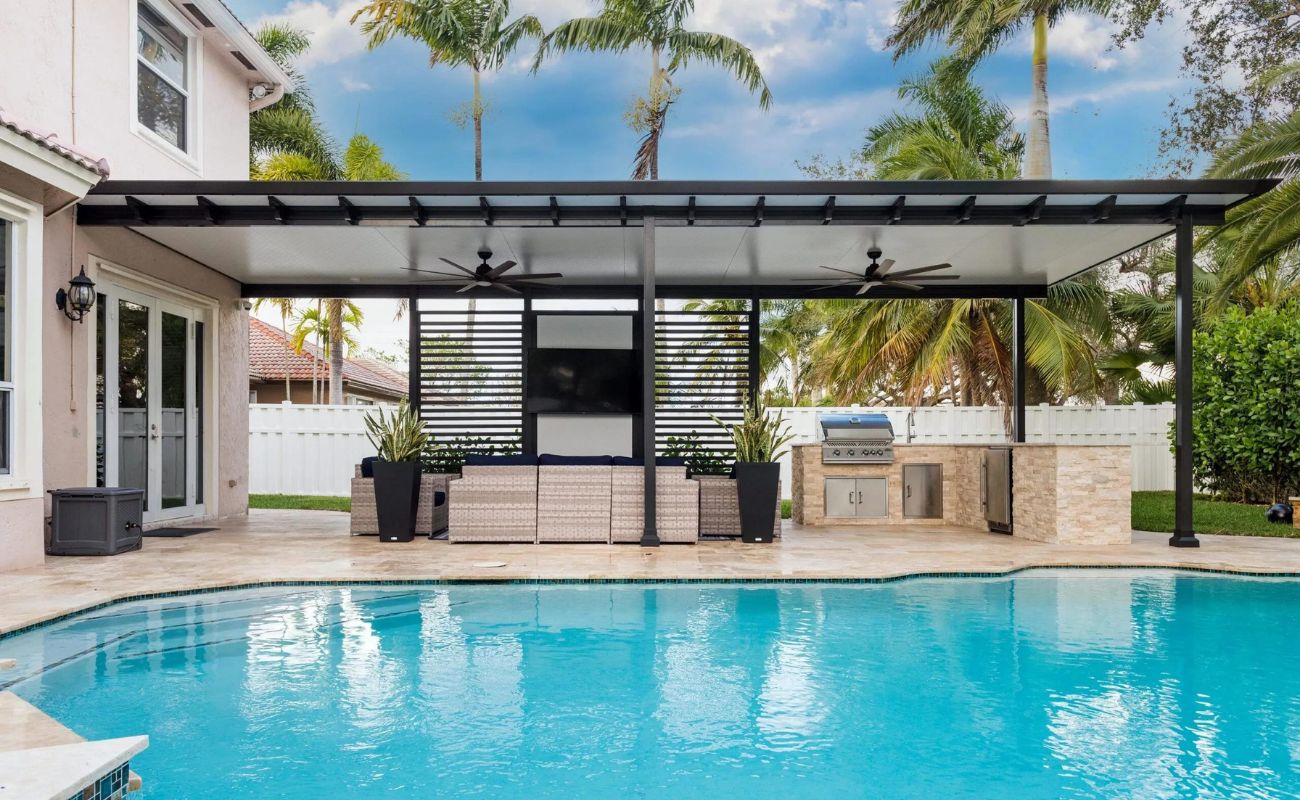

Outdoor Furniture
How To Keep Rain Off A Patio
Modified: November 1, 2024
Protect your outdoor furniture from rain and keep your patio looking its best with these helpful tips and tricks. Learn how to prevent water damage and maintain the longevity of your outdoor seating and tables.
(Many of the links in this article redirect to a specific reviewed product. Your purchase of these products through affiliate links helps to generate commission for Storables.com, at no extra cost. Learn more)
Introduction
Welcome to our comprehensive guide on how to keep rain off a patio. Whether you have a small balcony, a spacious deck, or a beautiful garden patio, it is essential to protect your outdoor space from excessive rainwater. Rain can not only damage your patio furniture but can also make it uncomfortable and unusable during wet weather. By implementing the right strategies and utilizing various protective measures, you can create a rainproof sanctuary to enjoy all year round.
In this article, we will explore different methods to keep rain off your patio, from installing patio covers to using umbrellas or shade sails. We will also discuss how creating a rain garden and sealing the patio surface can further enhance your patio’s protection against rain. So let’s dive in and discover how you can make your outdoor space a haven even on rainy days.
Key Takeaways:
- Protect your patio from rain by assessing drainage, surface material, slope, and surrounding features. Install a patio cover, use umbrellas or shade sails, create a rain garden, or seal the patio surface for effective rainproofing.
- Keep your patio rainproof by installing a patio cover, using umbrellas or shade sails, creating a rain garden, and sealing the patio surface. These methods offer versatile and practical solutions for enjoying your outdoor space in any weather.
Read more: How To Keep Bees Off Patio
Assessing the Patio
Before implementing any rainproofing strategies, it is essential to assess the current state of your patio. Take a close look at the structure, materials, and overall layout to determine the potential points of water intrusion. Here are a few key factors to consider:
- Drainage: Check if your patio has proper drainage systems in place. Inspect the gutters, downspouts, and any existing drains to ensure they are functioning effectively. Clear any debris or blockages that may hinder the flow of water.
- Surface Material: Assess the type of surface material your patio has. Some materials, like concrete or stone, are more resistant to water damage, while others, like wood or certain types of tiles, may require extra sealing or protection.
- Sloping: Examine the slope or gradient of your patio surface. Ideally, it should slope away from your house to encourage water to flow away instead of pooling or infiltrating your patio area. If the slope is insufficient, consider adjusting it or installing a drainage system.
- Surrounding Features: Take note of any nearby trees, plants, or structures that could contribute to water accumulation or indirect water damage. Trim branches that hang over your patio, redirect downspouts away from the patio area, or consider installing additional protective features like awnings or pergolas.
By thoroughly assessing your patio, you will gain valuable insights into potential problem areas and determine the most appropriate solutions to keep rain off your patio. Whether you choose to install a patio cover, utilize umbrellas or shade sails, create a rain garden, or seal the patio surface, understanding your patio’s specific needs will help you make informed decisions for optimal rain protection.
Installing a Patio Cover
One of the most effective ways to keep rain off your patio is by installing a patio cover. A patio cover provides a sturdy and durable overhead structure that shields your outdoor space from direct rainfall. Here are a few popular options to consider:
- Pergolas: Pergolas are a stylish and versatile option for patio covers. These open structures typically consist of vertical posts supporting crossbeams and an open lattice or slatted roof. While they may not provide complete rain protection, pergolas can be outfitted with retractable canopies or drapes to create a more enclosed and rainproof space.
- Retractable Awnings: Retractable awnings offer flexibility and convenience. These motorized or manually operated covers can be extended to provide shade and protection during sunny days, and retracted during rainy or stormy weather. Look for high-quality, waterproof fabrics to ensure optimal rainproofing.
- Gazebos: Gazebos are freestanding structures that provide a fully enclosed or partially open space. They typically have a solid roof and open sides, allowing you to enjoy the outdoors while offering protection from rain. Consider installing curtains or screens for added rain and wind protection.
- Solid Patio Covers: Solid patio covers, such as those made of aluminum or polycarbonate, offer comprehensive rain protection. These covers feature a solid roof that completely blocks rainwater from entering your patio area. They come in various styles and designs, allowing you to choose the one that best complements your outdoor space.
When installing a patio cover, it is crucial to ensure proper installation and stability. Consult a professional contractor or seek guidance from the manufacturer to ensure a secure and long-lasting structure. Additionally, consider factors such as the size of your patio, the climate in your area, and your aesthetic preferences when selecting a patio cover option.
By installing a patio cover, you can create a versatile and protected outdoor space that allows you to enjoy your patio even during wet weather. Whether you opt for a pergola, retractable awning, gazebo, or solid patio cover, your patio will become a functional and inviting area for relaxation and entertainment, rain or shine.
Using Umbrellas or Shade Sails
If you’re looking for a flexible and cost-effective way to keep rain off your patio, umbrellas and shade sails are excellent options. These portable and adjustable shading solutions provide instant protection from rain and harsh sun rays. Here’s what you need to know about using umbrellas and shade sails on your patio:
- Umbrellas: Patio umbrellas are a classic and popular choice for creating shade and rain protection. They come in various sizes, shapes, and styles to suit different patio layouts and personal preferences. Look for umbrellas made with water-resistant or waterproof materials, and consider options with tilting or adjustable features to maximize rain protection. Place umbrellas strategically to cover the areas most vulnerable to rain exposure, such as seating or dining areas.
- Shade Sails: Shade sails are large, fabric canopies that can be stretched and anchored to provide shade and rain cover. They offer a modern and sleek aesthetic while providing versatile coverage for your patio. Shade sails come in different shapes, including triangular, rectangular, and square, allowing you to customize the design and coverage area. Ensure that the shade sail material used is waterproof or has a waterproof coating to ensure effective rain protection.
When using umbrellas or shade sails, consider the following tips for optimal rainproofing:
- Overlapping Coverage: If your patio is larger, consider using multiple umbrellas or shade sails to provide overlapping coverage and minimize the chances of rainwater seeping through gaps.
- Sturdy Anchoring: Properly anchor your umbrellas or shade sails to ensure stability, especially during windy or rainy conditions. Use sturdy bases or poles and check them regularly to avoid any accidents or damage.
- Maintenance and Storage: Protect your umbrellas and shade sails from rain and harsh weather by storing them properly when not in use. Clean them regularly to prevent mold or mildew growth, and inspect for any signs of wear or tear that may compromise their rainproof capabilities.
By utilizing umbrellas or shade sails, you can quickly and easily provide temporary rain protection for your patio. Their flexibility and portability allow you to adjust the shaded areas according to the movement of the sun and rain. Whether you prefer the classic charm of patio umbrellas or the contemporary style of shade sails, these options offer practical and budget-friendly solutions to keep rain off your patio.
Install a retractable awning or a permanent roof to keep rain off your patio. This will provide protection from the elements and allow you to enjoy your outdoor space even when it’s raining.
Creating a Rain Garden
A rain garden is not only a functional and environmentally friendly solution but also adds beauty to your outdoor space. It is a specially designed garden area that collects and absorbs rainwater runoff from your patio, preventing it from pooling or causing damage. Here’s how you can create a rain garden to keep rain off your patio:
1. Choose the Right Location: Select an area near your patio that naturally collects rainwater or is prone to runoff. Make sure the spot receives adequate sunlight and has proper drainage to prevent water from stagnating.
2. Design and Dig the Garden: Plan the layout of your rain garden, considering factors like the size of the area, the types of plants you plan to use, and the depth needed to accommodate rainwater. Use a shovel or hire a professional to dig the garden, ensuring that it slopes away from your patio to direct water flow.
3. Amend the Soil: Rain gardens require well-draining soil to efficiently absorb and filtrate rainwater. Amend the soil by adding organic matter, such as compost, to improve drainage and create a healthy growing environment for plants.
4. Select Native Plants: Choose a variety of native plants that can thrive in both wet and dry conditions. Native plants are adapted to the local climate and require less maintenance. Include plants with deep root systems that can absorb excess water and help prevent erosion.
5. Add Mulch: Apply a layer of mulch around the plants to retain moisture, suppress weeds, and protect the soil from erosion. Organic mulch, such as wood chips or shredded bark, is recommended for rain gardens.
6. Maintain the Rain Garden: Regularly monitor and maintain your rain garden to ensure its effectiveness. Remove debris, weeds, and dead plants, and ensure that the garden is properly draining. Prune plants as needed and replenish mulch to keep the garden healthy.
A well-designed and properly maintained rain garden can effectively capture and utilize rainwater, reducing the amount of runoff that reaches your patio. It not only helps in rainproofing your outdoor space but also contributes to groundwater recharge and improves local water quality.
Remember to check with local regulations and guidelines when creating a rain garden, as there may be specific requirements or permits needed. Additionally, seek advice from local gardening experts or resources to choose the best native plants for your region.
By implementing a rain garden, you not only protect your patio from rainwater damage but also create a sustainable and eco-friendly addition to your outdoor space.
Read more: How To Keep Worms Off The Patio
Sealing the Patio Surface
Another effective method to keep rain off your patio is by sealing the surface with a waterproof sealant. This solution works well for patio surfaces made of materials such as concrete, stone, pavers, or certain types of tiles. Sealing the surface creates a barrier that repels water, preventing moisture from penetrating and causing damage. Here’s how you can seal your patio surface:
1. Prepare the Surface: Thoroughly clean the patio surface to remove any dirt, debris, or stains. Use a pressure washer, mild detergent, and a stiff brush to scrub away any stubborn grime. Allow the surface to dry completely before proceeding.
2. Select the Right Sealant: Choose a high-quality waterproof sealant specifically designed for your patio surface material. Consult a local home improvement store or speak with a professional to determine the most suitable sealant for your patio.
3. Apply the Sealant: Follow the instructions provided by the sealant manufacturer for application guidelines. Use a brush, roller, or sprayer to evenly apply the sealant over the entire patio surface. Pay extra attention to any cracks, joints, or porous areas that may require additional sealing.
4. Allow Drying Time: Give the sealant ample time to dry and cure according to the manufacturer’s instructions. This typically ranges from a few hours to a few days, depending on the product. Avoid walking or placing furniture on the sealed surface until it is fully dry.
5. Maintain and Reapply: Regularly inspect the sealed patio surface for any signs of wear or damage. Depending on the level of foot traffic and exposure to the elements, the sealant may need to be reapplied every few years. Follow the manufacturer’s recommendations for maintenance and reapplication.
Sealing the patio surface not only helps to prevent water damage but also enhances the longevity and appearance of your patio. It creates a protective barrier that withstands rainwater, spills, and other potential sources of moisture. Additionally, a sealed patio is easier to clean and maintain, as water and dirt are less likely to penetrate the surface.
Remember to choose a sealant that is appropriate for your patio material and climate conditions. Consider factors such as UV resistance, slip resistance, and durability when selecting a sealant to ensure optimal rainproofing and long-term protection.
By sealing your patio surface, you can enjoy a rainproof and aesthetically pleasing outdoor space for years to come.
Conclusion
Keeping rain off your patio is crucial for maintaining a comfortable and functional outdoor space. By implementing the right strategies and utilizing various protective measures, you can create a rainproof sanctuary that allows you to enjoy your patio even during wet weather.
Assessing your patio’s current state is the first step in determining the best rainproofing solutions for your specific needs. Check for proper drainage, surface materials, and surrounding features that may contribute to water accumulation or indirect water damage.
Installing a patio cover is an effective way to keep rain off your patio. Options like pergolas, retractable awnings, gazebos, or solid patio covers offer different levels of protection and style to suit your preferences.
Umbrellas and shade sails provide a flexible and portable solution for rain protection. Choose high-quality, water-resistant materials, and strategically place them to cover areas vulnerable to rain exposure.
Creating a rain garden not only keeps rainwater from pooling but also adds beauty and contributes to water conservation. Choose native plants and design the garden to effectively absorb and filtrate rainwater runoff.
Sealing the patio surface with a waterproof sealant is another effective method. Clean the surface thoroughly and apply a suitable sealant to create a barrier that repels water and prevents moisture penetration.
In conclusion, by assessing your patio, installing a patio cover, using umbrellas or shade sails, creating a rain garden, and sealing the patio surface, you can successfully keep rain off your patio and create a rainproof outdoor space. Remember to consider the specific needs and characteristics of your patio, as well as your personal preferences and budget, when selecting the best rainproofing strategies for your outdoor area.
With the right precautions and measures in place, you can enjoy your patio year-round, regardless of the weather conditions, and create a comfortable and inviting space to relax, entertain, and connect with nature.
Frequently Asked Questions about How To Keep Rain Off A Patio
Was this page helpful?
At Storables.com, we guarantee accurate and reliable information. Our content, validated by Expert Board Contributors, is crafted following stringent Editorial Policies. We're committed to providing you with well-researched, expert-backed insights for all your informational needs.
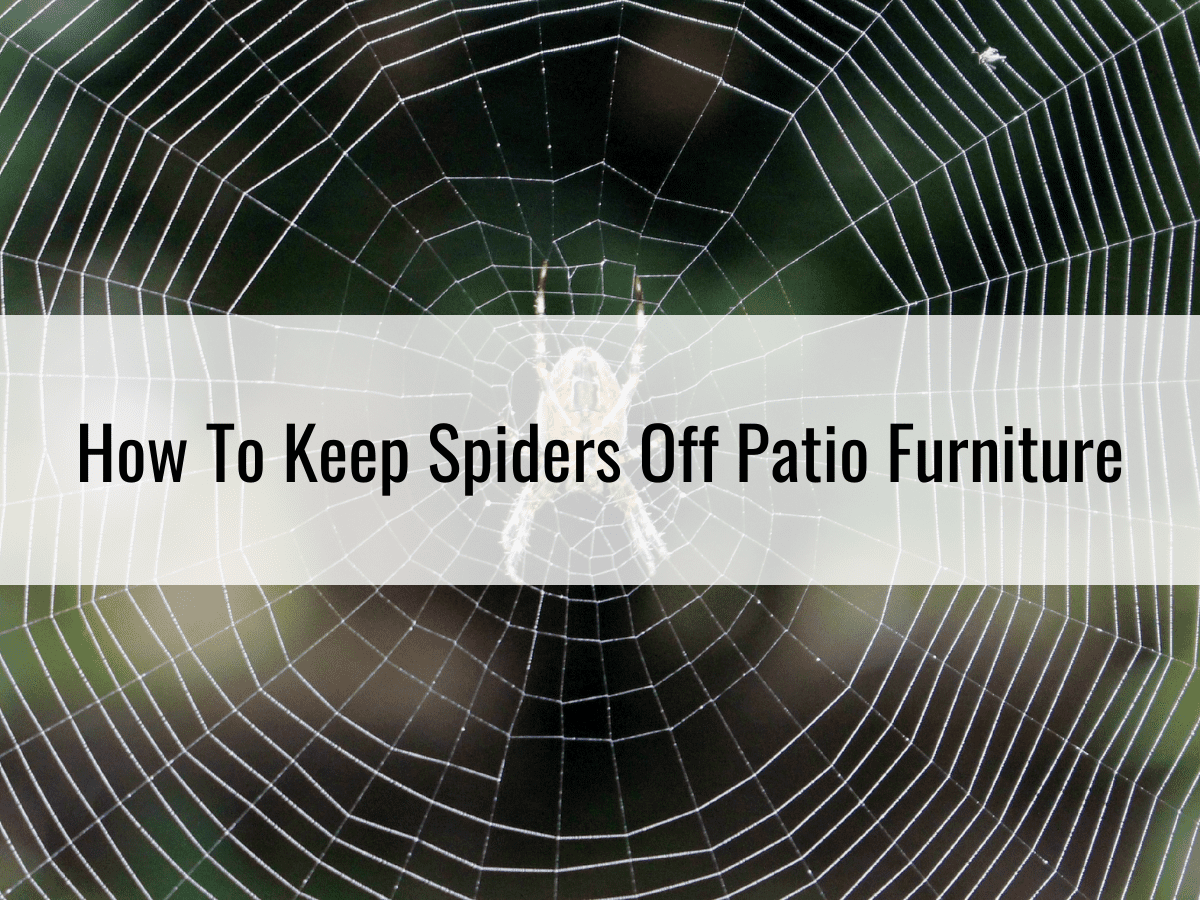

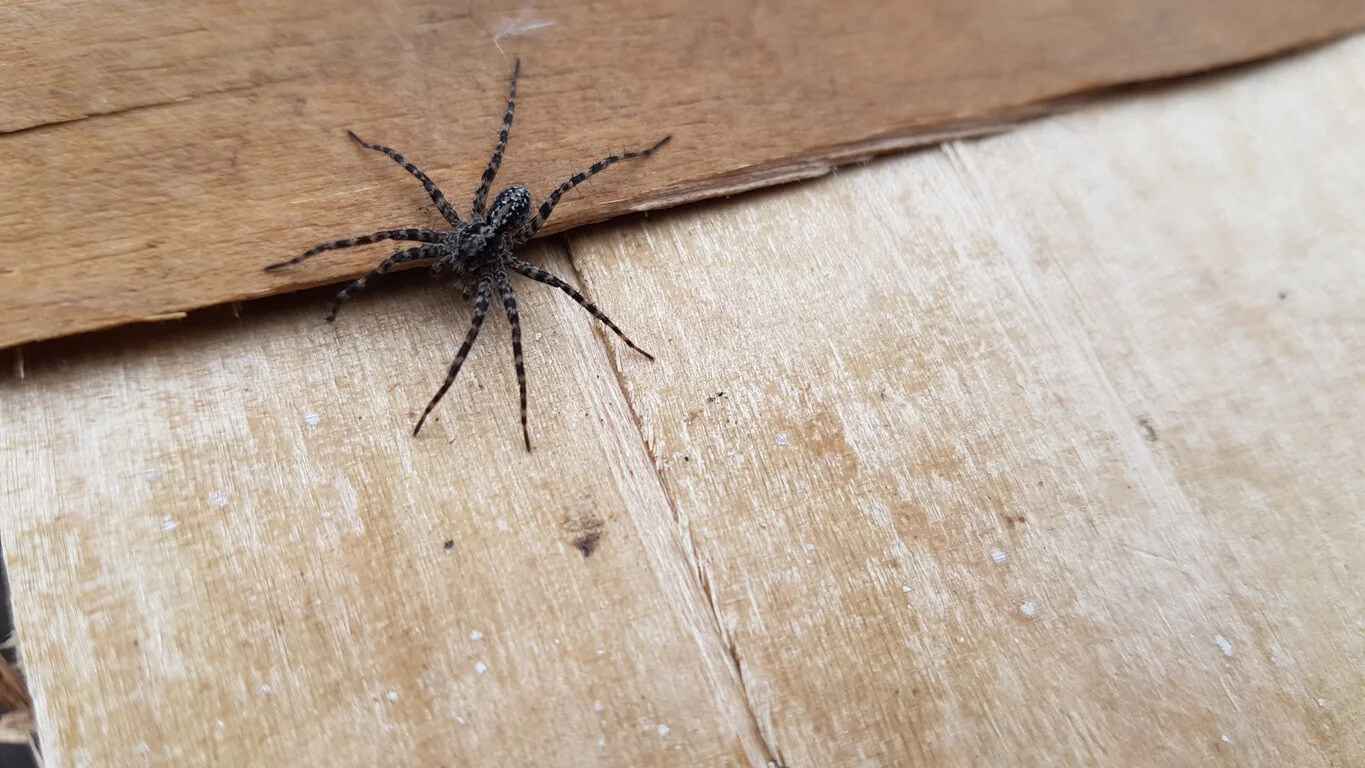
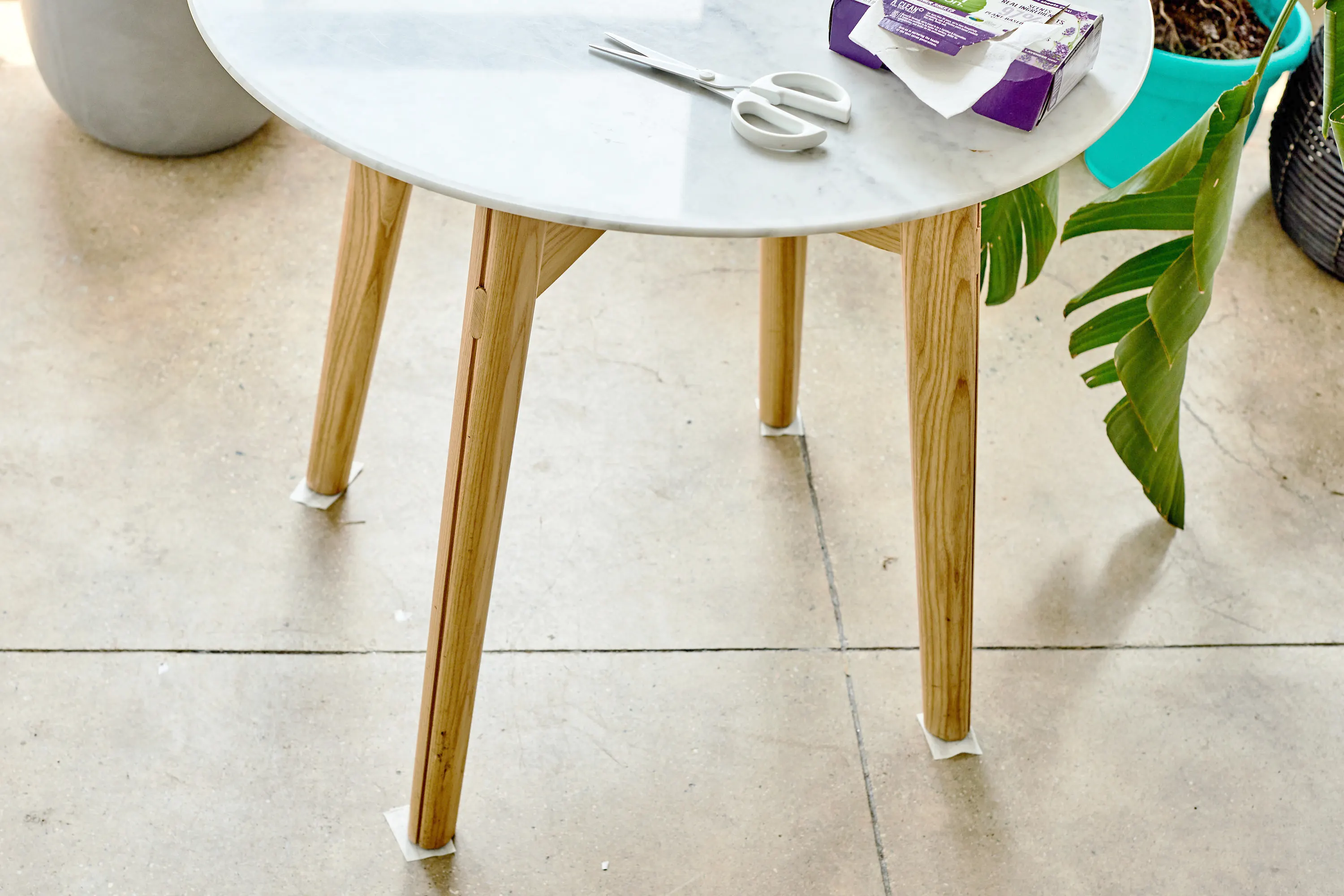
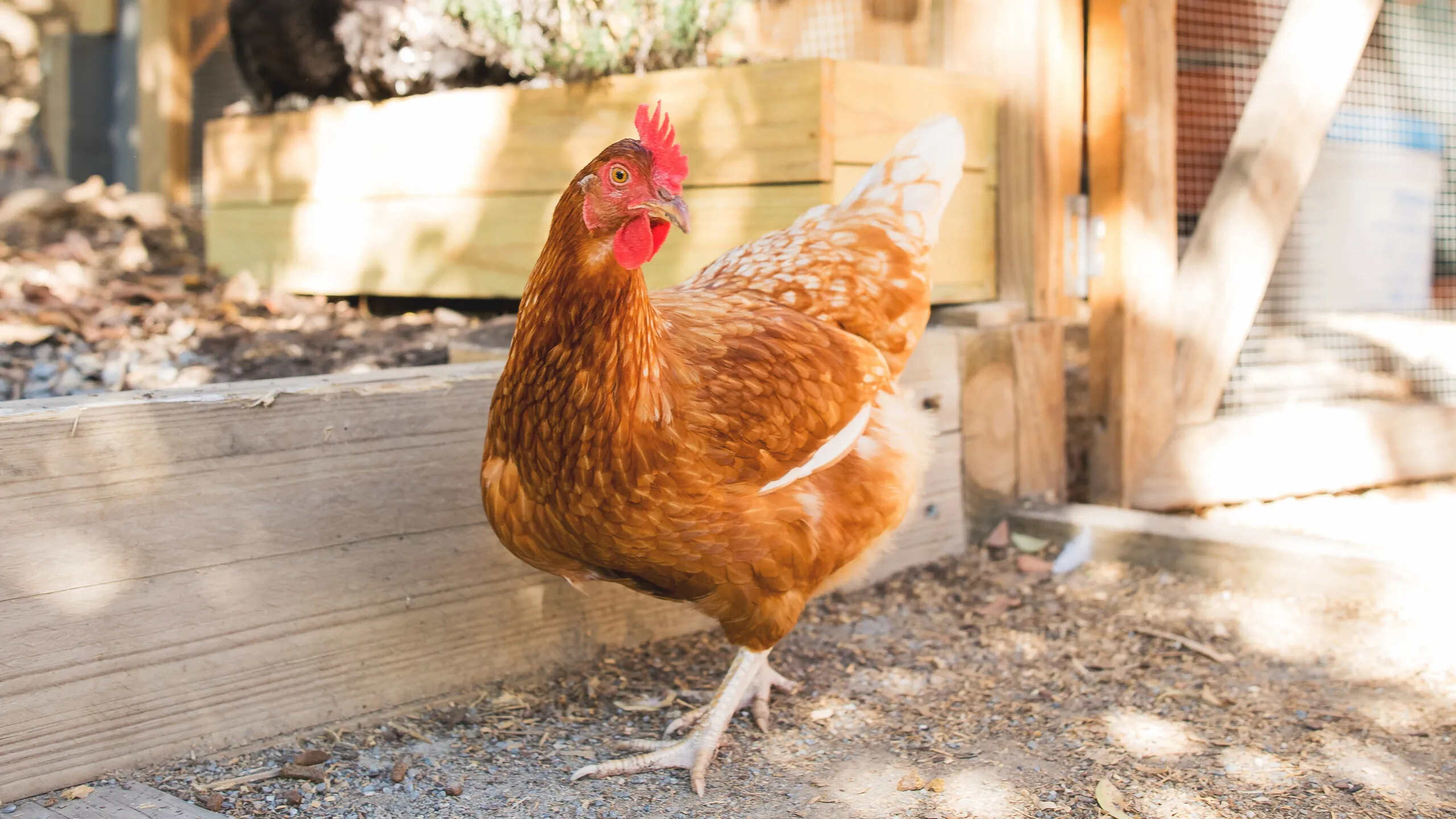
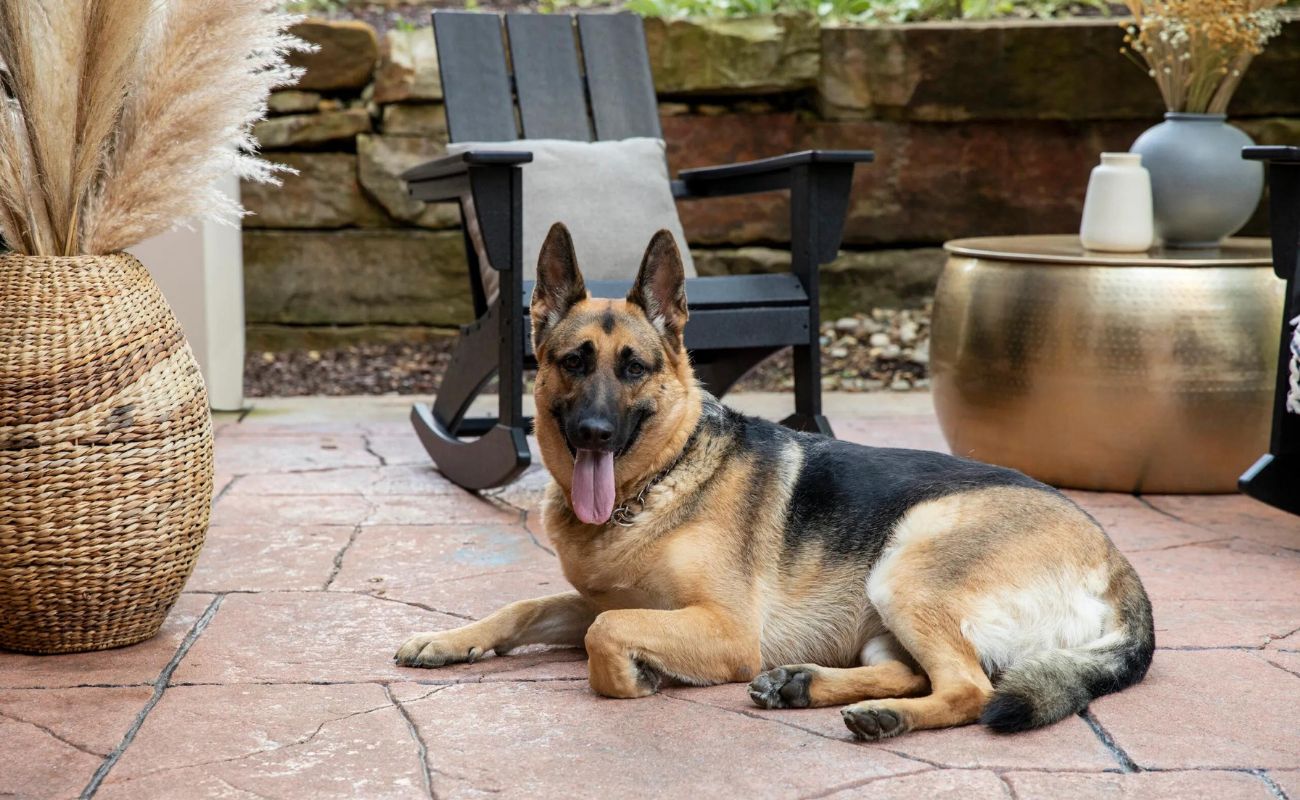
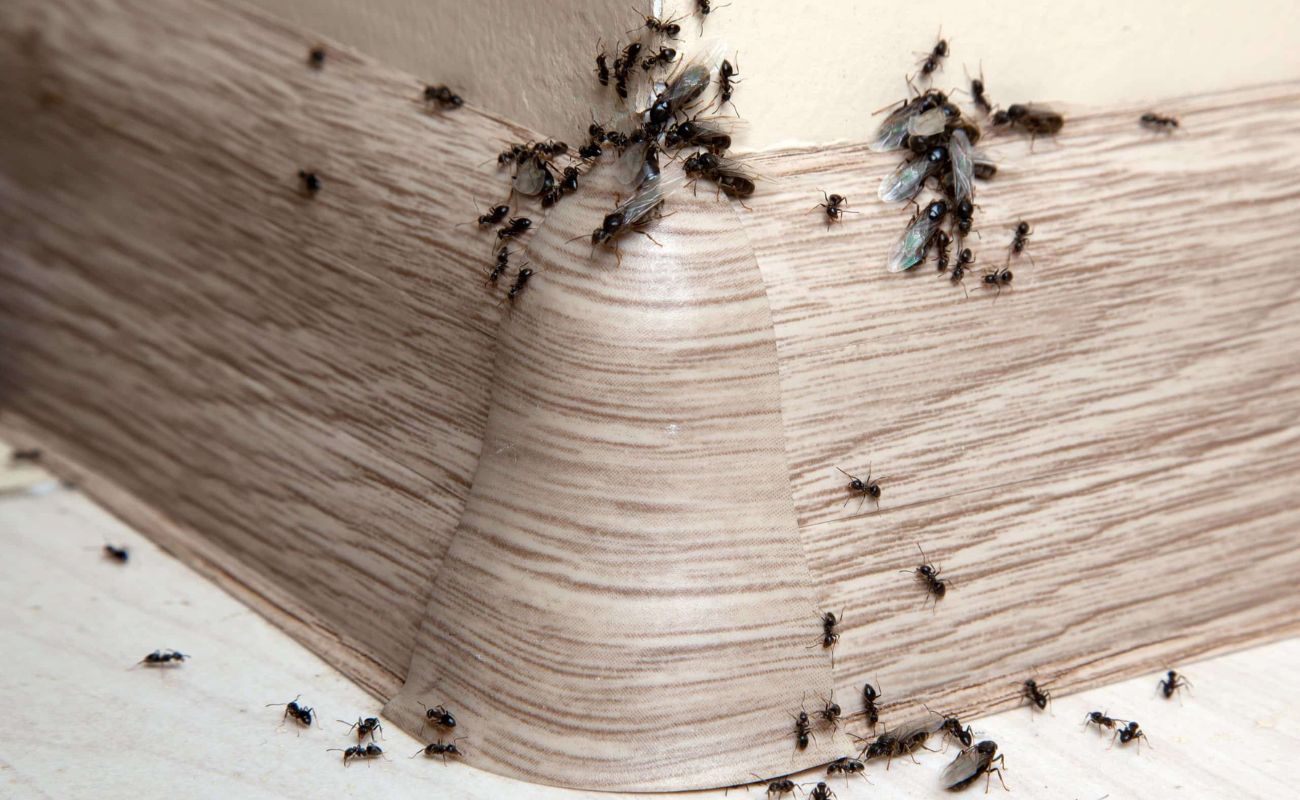
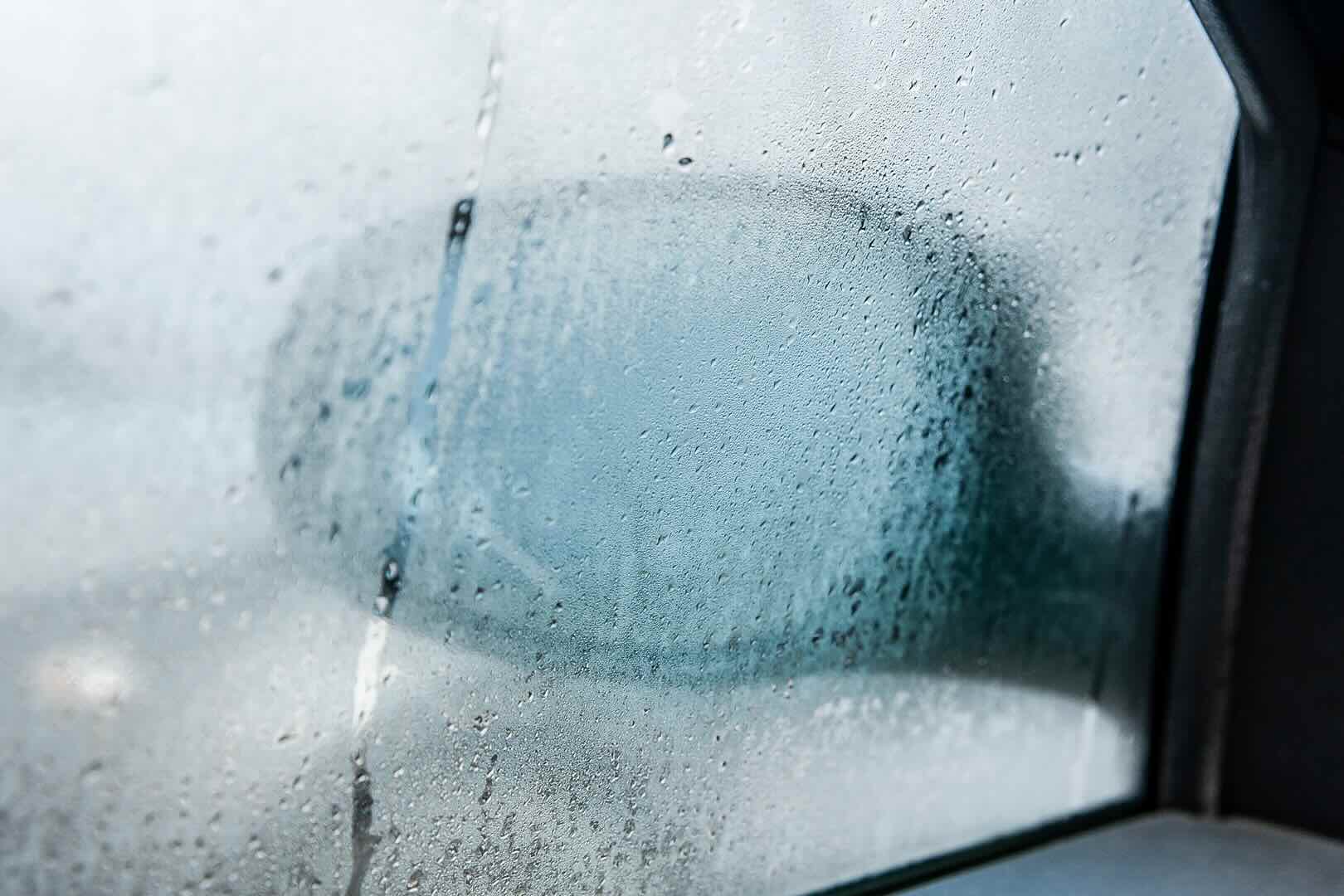

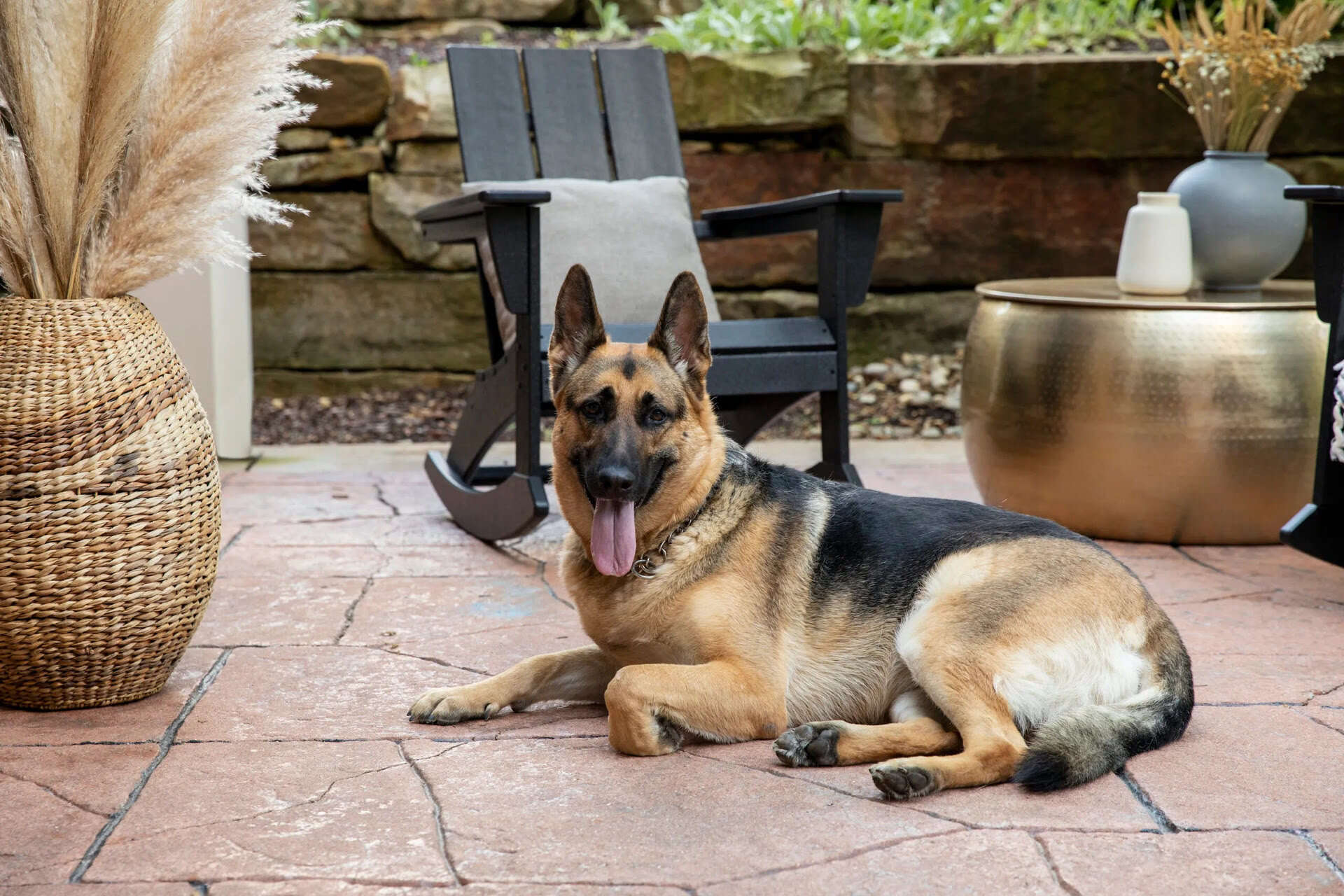

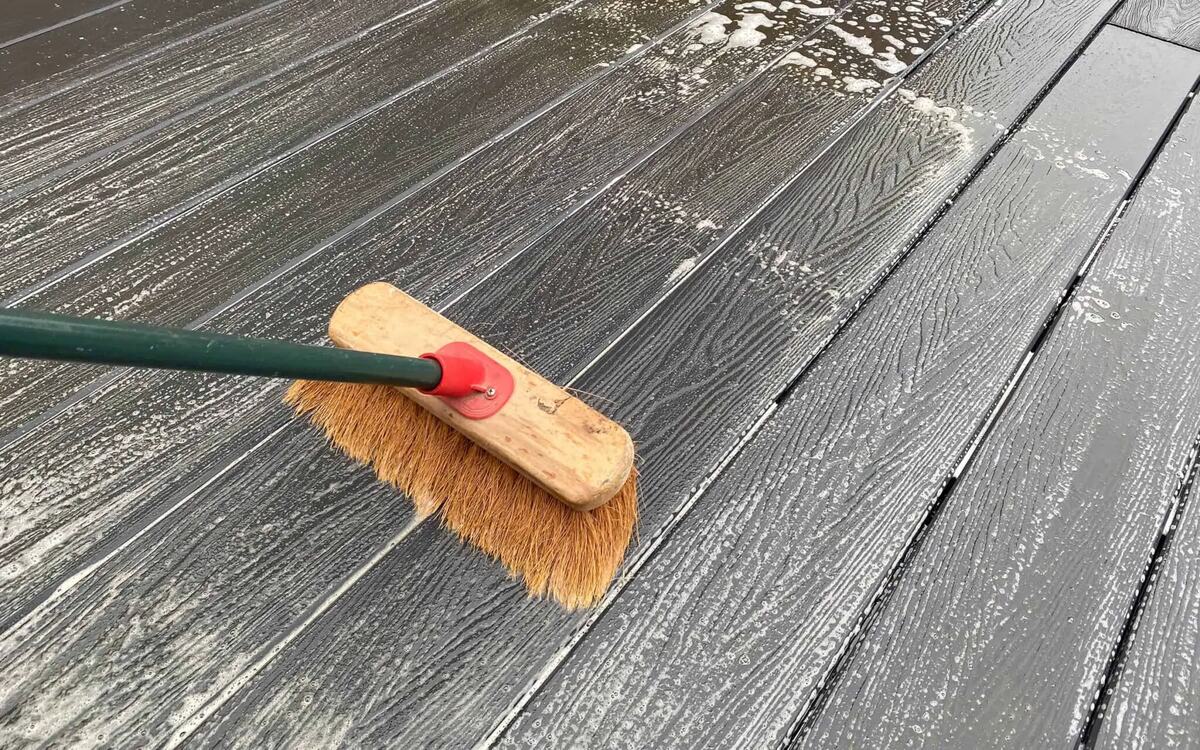



0 thoughts on “How To Keep Rain Off A Patio”